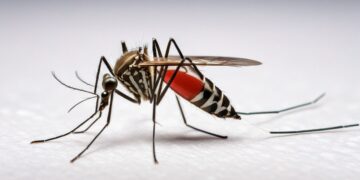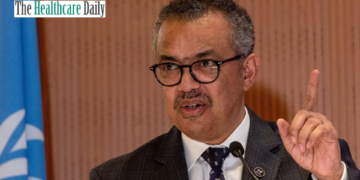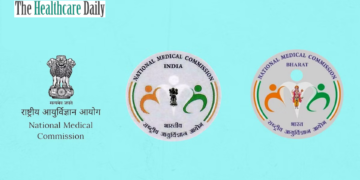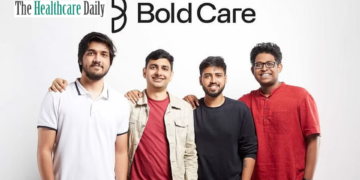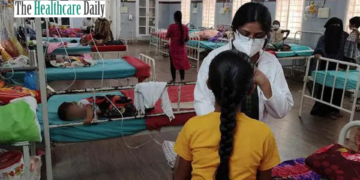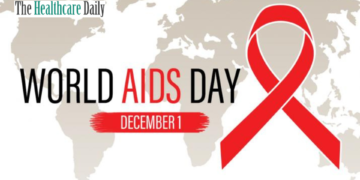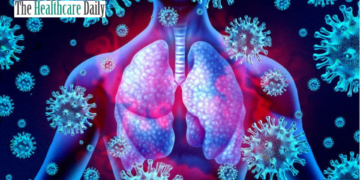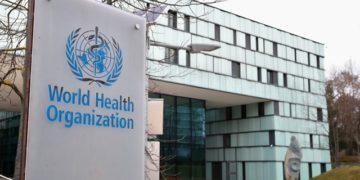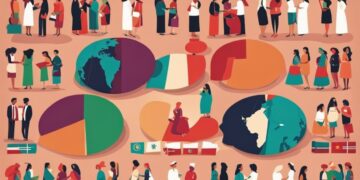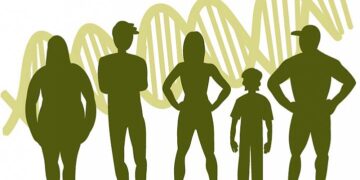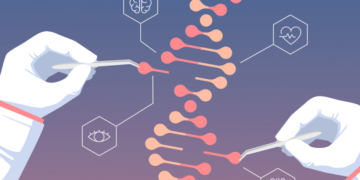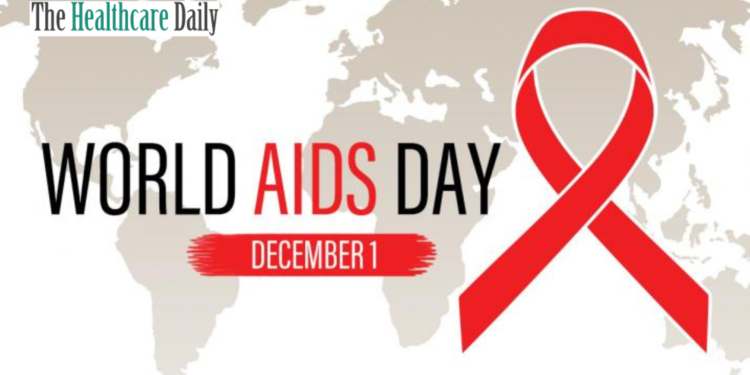In anticipation of World AIDS Day on December 1st, the World Health Organization (WHO) collaborates with global allies to recognize the remarkable resilience, commitment, and innovation demonstrated by community leaders and organizations in combatting the HIV epidemic.
This annual event serves as a platform to honour the contributions made by communities in shaping the response to HIV over the years. Their tireless efforts encompass combating societal stigmatization and discrimination, advocating for affordable interventions, and spearheading community-driven services placing individuals with lived experiences at the forefront of the fight against HIV.
Dr. Tedros, the WHO Director-General, acknowledged, “The activism of individuals living with or affected by HIV has imprinted itself on the world. Their initiatives has facilitated the access of 30 million people to antiretroviral therapy and prevented countless infections. Our solidarity with these communities remains steadfast as we aim to eradicate AIDS as a public health threat by 2030.”
Decades of investment and insights garnered from the HIV epidemic have made broader advancements in both global and national health systems. The response to HIV has fortified healthcare systems, expanding access to services that extend beyond HIV testing and treatment. The investments and infrastructure erected during this response have empowered robust and rapid reactions to various diseases, including COVID-19 and other infectious ailments.
However, despite substantial progress, HIV persists as a pressing global health concern. Approximately 9.2 million people worldwide lack access to necessary HIV treatment. Daily, 1700 lives succumb to HIV-related causes, while 3500 individuals contract the virus, many of whom remain unaware of their status or lack access to treatment.
Innovations in HIV tools, such as a potent once-daily pill for treatment and accessible viral load testing, have increased significant strides. For instance, individuals sticking to prescribed HIV treatment and achieving an undetectable viral load in their blood exhibit zero risk of transmitting the virus to their partners. This monumental achievement, resulting from years of work and investment, underscores the feasibility of the goal to eliminate AIDS as a public health threat by 2030, contingent upon sustained investments and political determination.
Challenges persist, including insufficient funding, criminalization, and constraints imposed on the roles of community advocates, impeding progress made by community leaders and hindering global strides in curbing AIDS. Numerous marginalized communities, including men who have sex with men, transgender individuals, sex workers, people who use drugs, and adolescents, still lack essential access to prevention, treatment, and care services, perpetuating disparities in HIV management.
As the world races against time to achieve this goal in less than seven years, continuous funding for HIV programs is imperative. Such support is crucial for community leaders to reach those affected, bridging the diagnosis and treatment gaps, especially for children living with HIV. This aligns with the 95-95-95 targets, aiming for 95% of individuals with HIV aware of their status, 95% of diagnosed individuals receiving antiretroviral therapy, and 95% of those on treatment achieving suppressed viral loads. WHO reiterates its commitment to collaborating with partners and urging global leaders to prioritize the needs of affected populations.
Dr. Meg Doherty, WHO Director of Global HIV, Hepatitis, and STI Programmes, stressed, “Today and every day, we advocate for global solidarity with communities. The leadership of affected communities has been important in propelling the HIV response despite the legal, economic, and social obstacles they confront.”
The partnership with individuals living with or affected by HIV remains significant for the sustainability and ultimate success of the HIV response. WHO aligns with global partners to commend the indispensable role of communities in bridging the gaps in testing, treatment, and care for those left behind, steering the world towards ending AIDS as a pervasive public health menace.


